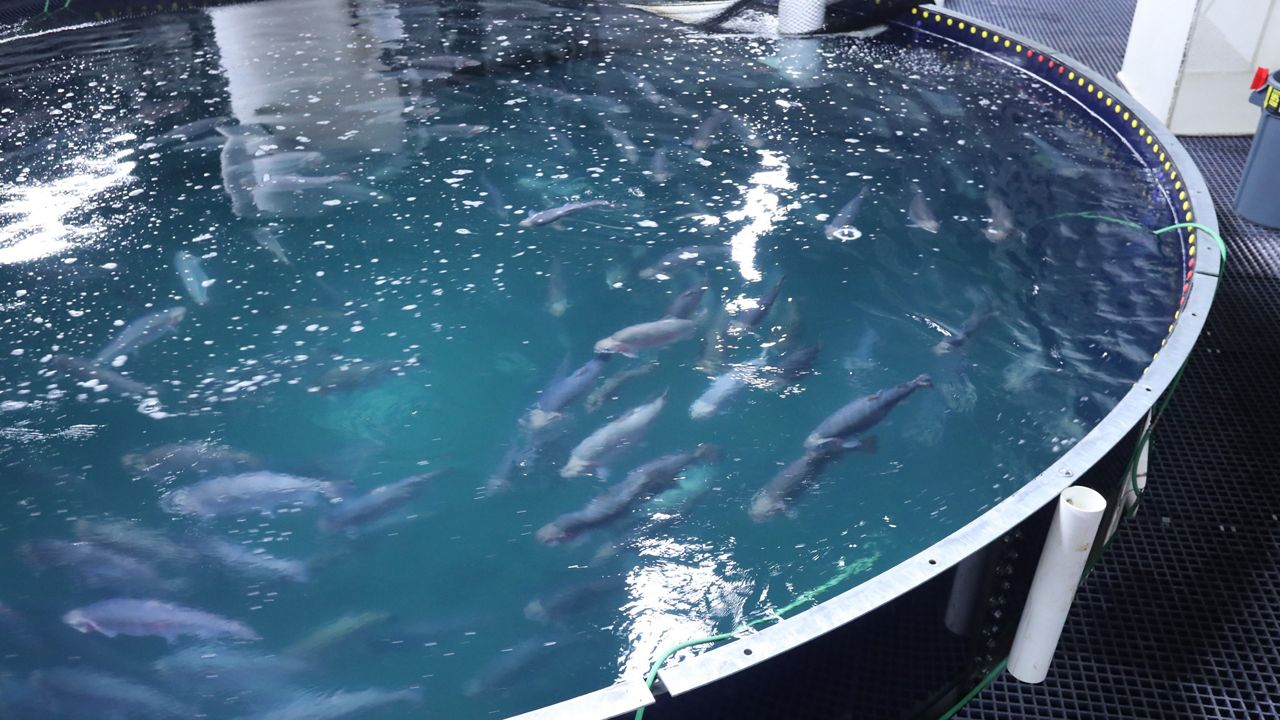With only a handful of land-based aquaculture operations in the state, producers and state officials look to grow the industry, but know they face challenges from regulatory and water use to profitability and start-up costs.
New York’s aquaculture industry is dominated by marine aquaculture, and more specifically, oyster farming off Long Island, said Michael Ciaramella, a seafood safety and technology specialist with New York Sea Grant, which is part of Cornell Cooperative Extension.
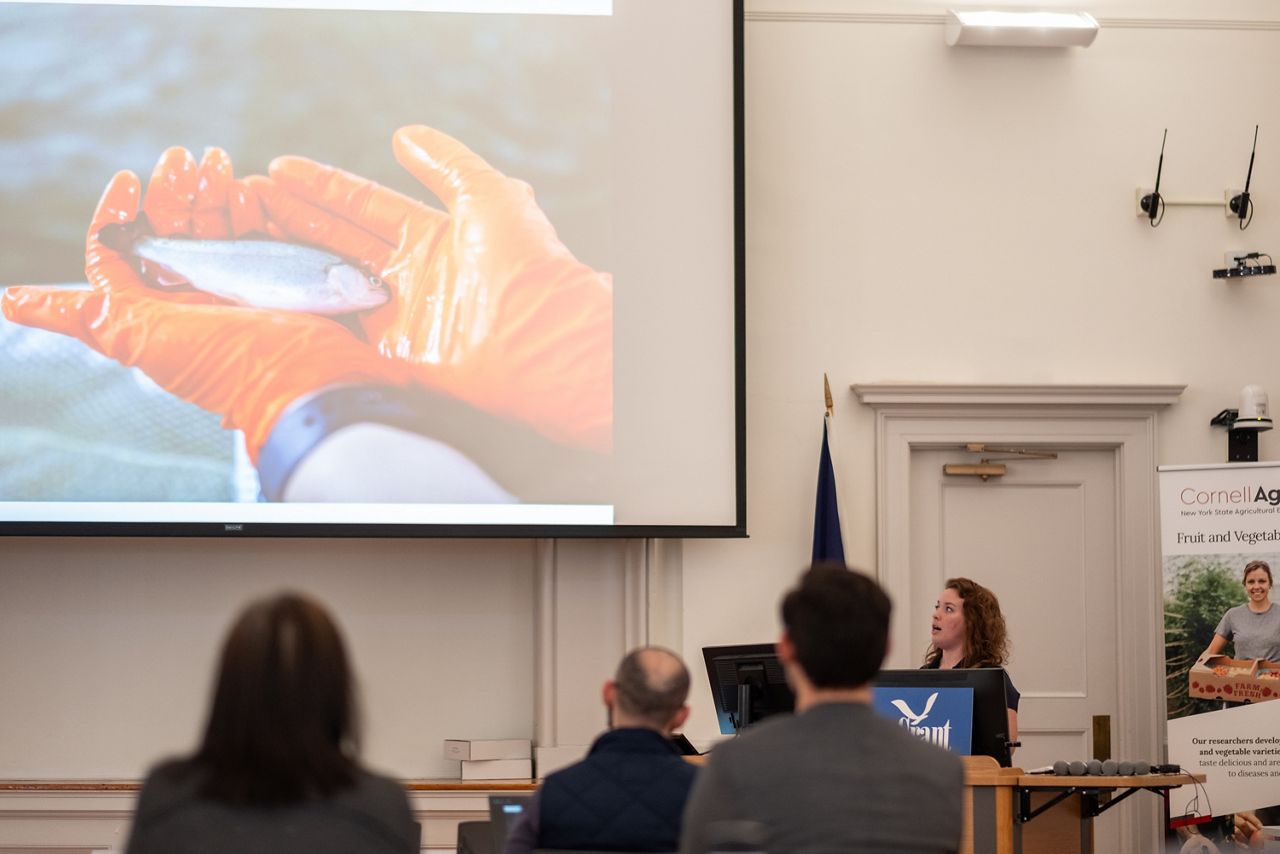
The state, however, has vast land and water resources to grow indoor aquaculture operations to farm and sell seafood to counter an industry dominated by imports, he said.
“We rely heavily on foreign-produced and processed seafood that has been brought into our market for sale and production,” Ciaramella said.
Through the state Department of Agriculture and Markets, companies can seek out a share of a proposed $5 million to expand their aquaculture business.
While the opportunity to grow land-based operations is there, the relatively new industry has some challenges that can take years to work through, Ciaramella said.
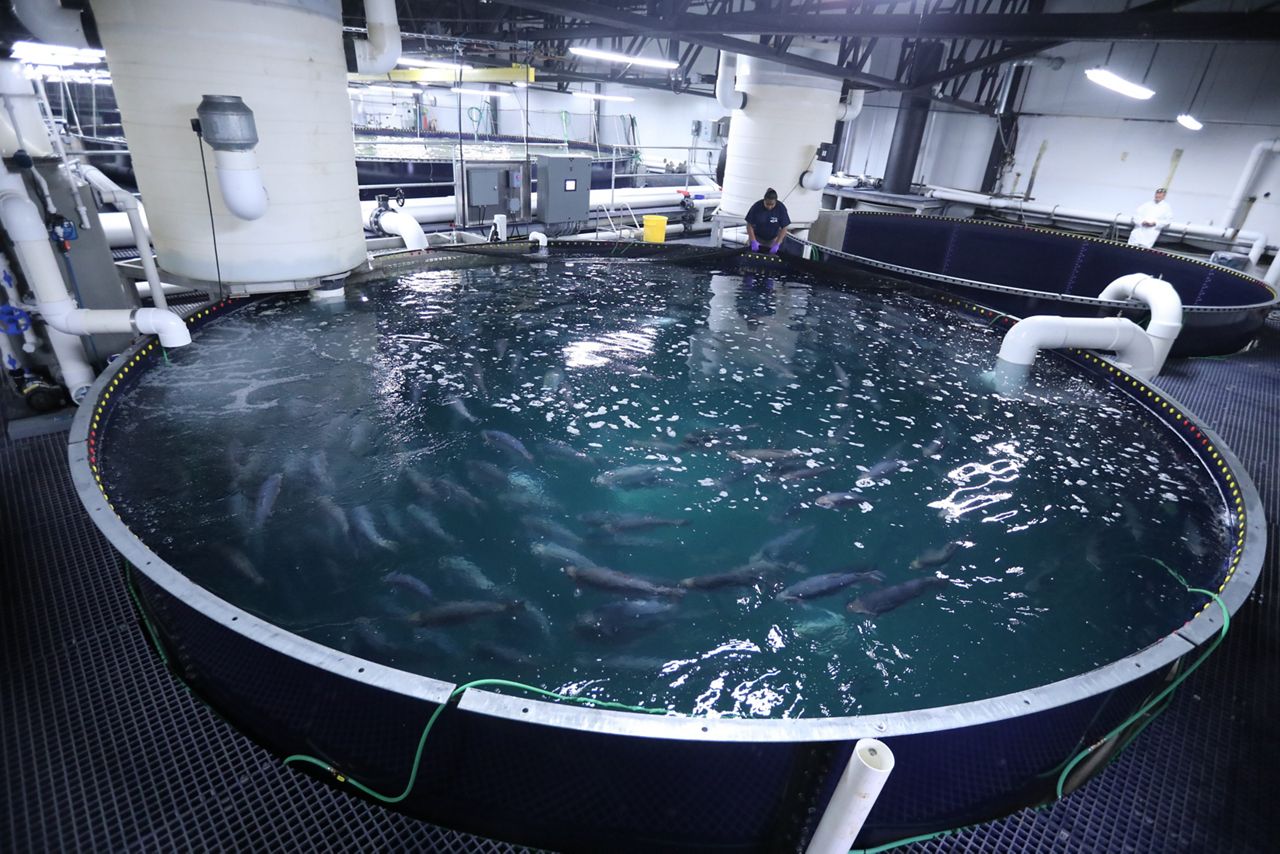
“There’s not really a set regulatory or permitting process to actually start up a farm, so having to find that locality and then work through the regulatory process can take a long time,” he said.
Additionally, the facilities are incredibly high-tech and expensive to build, and the producers won’t see the profits for at least the first couple of years.
“You start off with babies and you can’t really sell anything until they’ve grown, which can take one to two years,” Ciaramella said.
Getting access to the amount of water needed to start and maintain the facility is another hurdle.
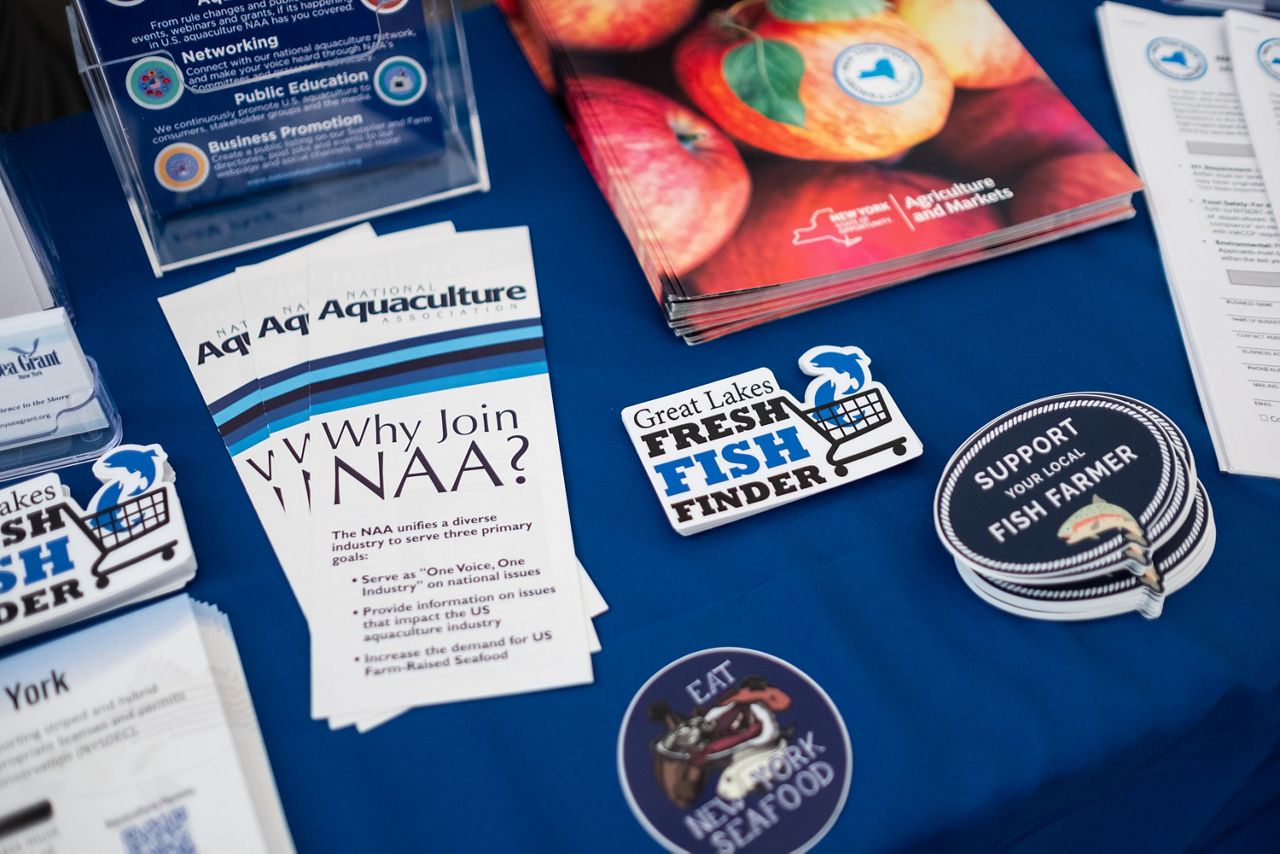
Hudson Valley Fisheries in the town of Hudson is one of a few large land-based operations in the state. The fishery currently does not operate at full capacity as it sources water from Hudson, which has limited the amount of water it can use.
“Without the infrastructure in place and the support politically by the towns across the state, it can be challenging to access the water to operate these types of large-scale aquaculture systems,” Ciaramella said.
The facility harvests approximately 2,300 steelhead trout, commonly known as rainbow trout, per week from its recirculating aquaculture system.
“Recirculating aquaculture is just taking the water in, we’re cleaning it up, reusing it multiple times to make sure that we are using that resource as wisely as possible,” said Brittany Peachey, the aquaculture operations manager at Hudson Valley Fisheries.
Like other livestock, it is important to maintain biosecurity of the facility by managing what’s coming into it, Peachey said.
“Controlling the water source, controlling the feed that’s coming in and then making sure our staff, as well, are keeping out any pathogens through using an onsite uniform,” she said.
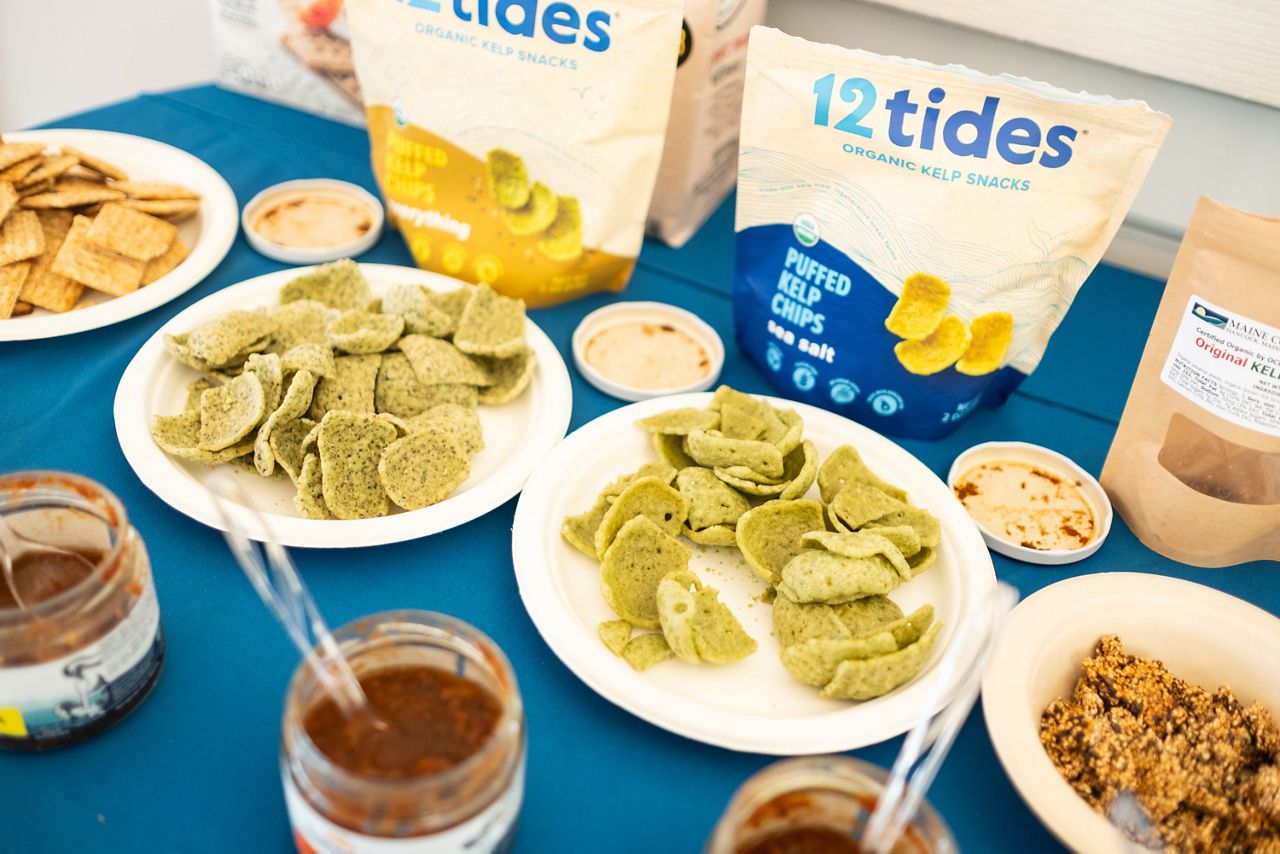
However, the recirculating system creates a biosecurity challenge on its own.
“We’re using bacteria to clean up the water, so you have to manage both the fish and the bacteria for that beneficial process to make sure everything is working properly,” Peachey said.
Most of the steelhead trout used in the United States comes from other countries, such as the United Kingdom, Chile and Norway, she said.
Despite the challenges of land-based aquaculture, Peachey believes the seafood industry in the U.S. will move in that direction to avoid the challenges that come with climate change, such as algae blooms and increasing water temperatures.
“I think you’re going to see a lot more growth in that area versus open ocean or open water aquaculture,” she said.



